|
If you are lucky enough to get a bathroom at your auction, you probably wont feel so lucky once you step inside! - Homesteading: Adventures In Livestock Auctions This is part five of our homesteading journey. If you would like to start at the beginning check out Homesteading: It Begins With Health. Even though we already had several hens we decided we wanted to try raising chicks. Most of our adult birds were older & as a result didn't lay as good as younger birds tend to do. We also had a lot of folks asking us for eggs which was pretty exciting. After looking at all the chicken varieties shown in the Murrary McMurray catalogue, we finally broke down & decided to order a colorful assortment of female chicks. We chose Buff Cochins, Black Australorps, White Rocks, Buff Orpingtons, Silver Laced Wyandottes, Black Jersey Giants, Light Brahmas, Partridge Cochins, Rhode Island Reds, White Cochins, Golden Laced Polish, & Black Cochins. Murrary McMurray conveniently allowed us to select a delivery date & gave us the option to vaccinate prior to check-out which was perfect. We decided to have the chicks vaccinated for Coccidiosis & Marek's Disease (We no longer have chicks vaccinated when we order them from a hatchery. We feel that if birds are raised in an optimal environment they will be a much healthier animal that doesn't require vaccination to survive what life throws at them.). We then opted for a date far enough away that we would have time to prepare. We ordered the book Success With Baby Chicks which proved to be a very smart choice. This book helped us to quickly identify problems & act upon them. We feel that we may have lost some of our chicks if it wasn't for what we learned while reading & referencing to this book. If you are are looking to order your own chicks for the first time, I strongly recommend you read this book first. In order to safely house the chicks indoors, we decided to use huge Rubbermaid type storage bins because they don't leak, are lightweight, big, & can be stacked inside of each other when not in use (nested). John custom made tops for them out of lumber, hardware cloth, plexiglass, & hinges. The entire top was removable so we could clean the bin, but he also designed it so that the plexiglass top lifted open thanks to the attached hinges. This design gave us quick easy access to the chicks. It made twice daily chores such as giving them fresh food, cleaning their water founts, as well as checking them for any problems like pasty butt much more convenient. These lids also kept the chicks safe from our many house cats. The cats loved to laze away the day watching their chick TV. If you chose to raise your chicks outdoors, you will need a much more secure method. I will discuss this in a future post as we now raise our chicks outdoors from week two nearly 99% of the time. Half of the cover was made out of hardware cloth for two reasons, it provided air flow & enabled us to sit the heat lamp directly on the hardware cloth. As the chicks got older we then adjusted the lamp so that it hung from a adjustable chain so we could move the lamp further away from the chicks because their warmth requirements are reduced as they age. The plexiglass half of the top enabled us to see the chicks as well as providing light & helped to keep the warmth inside the makeshift bin. When we made more bins, we opted to use hardware cloth for the entire lid because it provided even better air flow & we could use two lamps, one a red heat lamp, the other a regular 100-watt bulb. The chicks could then use either bulb for warmth. This method also helped us judge when it was time to remove the heat bulb & rely solely on 100 watt bulbs. If you choose this method, keep in mind that old fashioned 100-watt incandescent bulbs are no longer being manufactured, so stock up while you can. Sure enough on the estimated delivery day, just like the hatchery said they would, our local post office called in the early AM to let us know they had chicks for us to pick up. We drove to the post office & were handed a cute little box filled with air holes. The chorus of very high pitched cheeps that greeted us was nearly deafening. With big smiles, we thanked the postal worker, then hurriedly headed home with our precious very noisy bundle. Once home we opened the box to see our adorable chicks. It was incredible to think over 25 bird were inside such a tiny space. Thankfully they were all alive. One seemed to be having some trouble, but otherwise all was well. We ordered a product called Quick Chick (contains organic compliant vitamins & electrolytes to help get the chicks re-hydrated after shipping) & another item called Grow Gel (provides nutrition, hydration, & probiotics) to insure our chicks got off to a good start. We dipped their beaks in both before putting them into their newspaper lined home. Once they were all moving about, peeping, pooping, drinking & eating, we closed up the bin, secured the heat lamp & headed to work for the day. As you might have guessed that was a very long work day! After all, who the heck wants to be in a concrete building when they have live chicks running about at home? Every morning before work we quickly gave a visual check of the chicks while we refilled their feeders & chick founts. One of the things that never ceases to amaze us is just how fast chicks grow! The bin John made for them was more than adequate for the first week or so, but after that we discovered we already needed a second bin to give them more room. Using a second bin created the need for a third. We used the third bin to hold the chicks while we emptied out the soiled hay, hosed it down, & let it dry. In the meantime we washed out the feeders & water founts. We also checked each chick for pasty butt. Feces can harden on the back of a chicks bum. This is no small matter & it must be carefully removed. If too much builds up it can prevent the chick from defecating. Once the bin is dry we added fresh hay, replaced the water founts & feeders then returned each chick once we were done inspecting them & taking any necessary actions. This process became a regular part of our daily chores that we performed when we got home from work. An interesting thing to note: over the years we have discovered if we raise our chicks outdoors (usually by the time they are a week old, they can go outdoors safely with our outdoor setup), they do not get pasty butt. This seems to only be a problem when raised in an unnatural environment (indoors). We have found over the years that the best way to tell if your chicks are happy is to observe their behavior. If they are huddled in a pile on top of each other directly under the heat source, they are too cold & need more warmth. If they are as far away from the heat lamp as they can get, you can bet that lamp is much too hot. Happy chicks tend to sleep just outside of the heat lamp. They will go under it, but do not tend to stay there for an extended period of time. They will run around softly peeping, occasionally peeping in an upset manner (usually due to bickering with other chicks), eating, drinking, pooping & suddenly like a switch being turned off, sleep. They will sometimes look dead they way their little bodies lay while sleeping. Just watch them, if all is well, they will pop back up to cheep, poop, eat, & drink some more before conking back out. The more you observe them, the more you will be in tune with what is normal & what is not. We must have done something right as newbie chick parents because all of our chicks survived. It wasn't until they were put outdoors that the trouble began, mainly from hawks but raccoons soon became a problem as well (I will save this topic for another post). We had a nice area built as a coop that they ran around in while we were at work. When we got home we let them loose. They happily ran about scratching & pecking at anything & everything. I even manage to train them to come like you would a dog or cat. I simply yelled in a sing song voice "Girls, come on girls!" We would hear them squawk & next thing you know a colorful rainbow of hens would come tearing out of the woods knowing we had a treat for them. This worked beautifully when the neighbors called because the girls were in there backyard... again. Looks like we need more fencing! Up next: Our First Dairy Cow You may also like:
2 Comments
Sarah Sharrett
10/18/2019 07:07:47 pm
I love your posts, entertaining and good info. I am having issues with survival rates on eggs I hatch from other people. They hatch then one at a time they fade and die. Out of over 24 seramas I have 2 left.
Reply
10/24/2019 08:19:37 am
Thanks!
Reply
Your comment will be posted after it is approved.
Leave a Reply. |
Affiliate DisclosureAs an Amazon Associate, I earn from qualifying purchases.
This page may contain Amazon affiliate links. If you choose to make a purchase after clicking a Amazon link, I may receive a commission from Amazon at no additional cost to you. As always, Thank you so much for your support. I couldn't do what I do without you! Categories
All
Archives
April 2024
 Hi there! My name is Jen. I'm a "tree hugging dirt worshiper" who has been organically farming for nearly two decades. It never ceases to amaze me at how much I've learned & how much I am still learning. I have studied natural health, nutrition, & herbs for nearly three decades. Our health & the natural world around us are connected in ways we don't often realize. How we treat the land & animals directly affects us in both body & mind. My goal is to provide others with truly natural humane goods from my own little piece of paradise, & to freely pass along whatever knowledge I pick up along the way. I am grateful every day to be able to have such a worthwhile & fulfilling job surrounded by the beauty & unpredictability of Mother Nature. Hi there! My name is Jen. I'm a "tree hugging dirt worshiper" who has been organically farming for nearly two decades. It never ceases to amaze me at how much I've learned & how much I am still learning. I have studied natural health, nutrition, & herbs for nearly three decades. Our health & the natural world around us are connected in ways we don't often realize. How we treat the land & animals directly affects us in both body & mind. My goal is to provide others with truly natural humane goods from my own little piece of paradise, & to freely pass along whatever knowledge I pick up along the way. I am grateful every day to be able to have such a worthwhile & fulfilling job surrounded by the beauty & unpredictability of Mother Nature.
Copyright
You're welcome to link to Running Bug Farm or use a single image with a brief description to link back to any post. Republishing posts in their entirety is prohibited. |
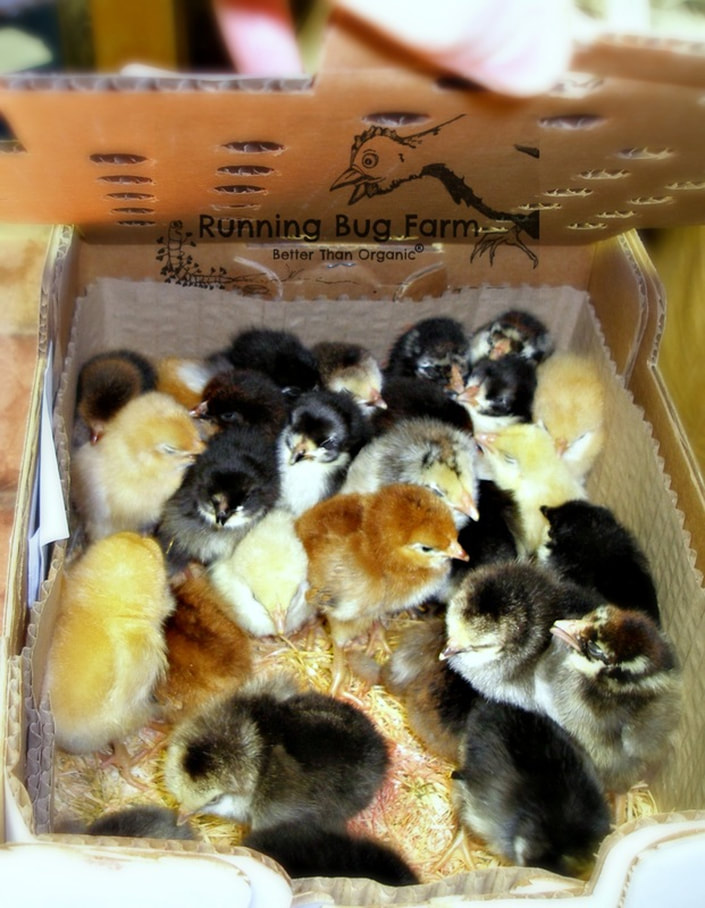
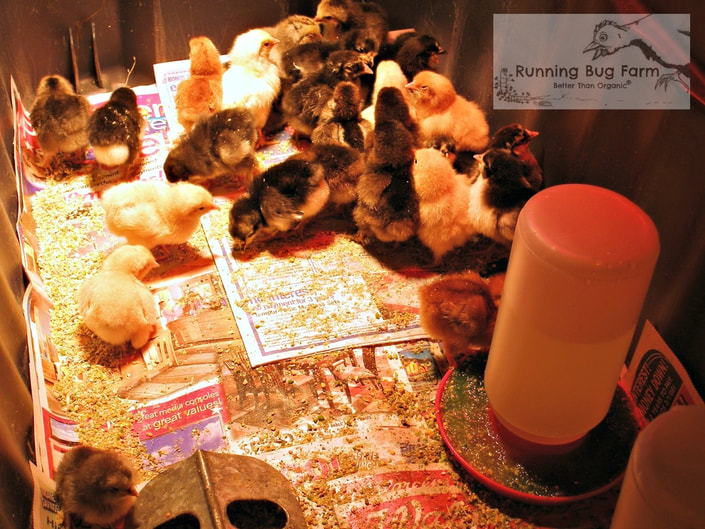
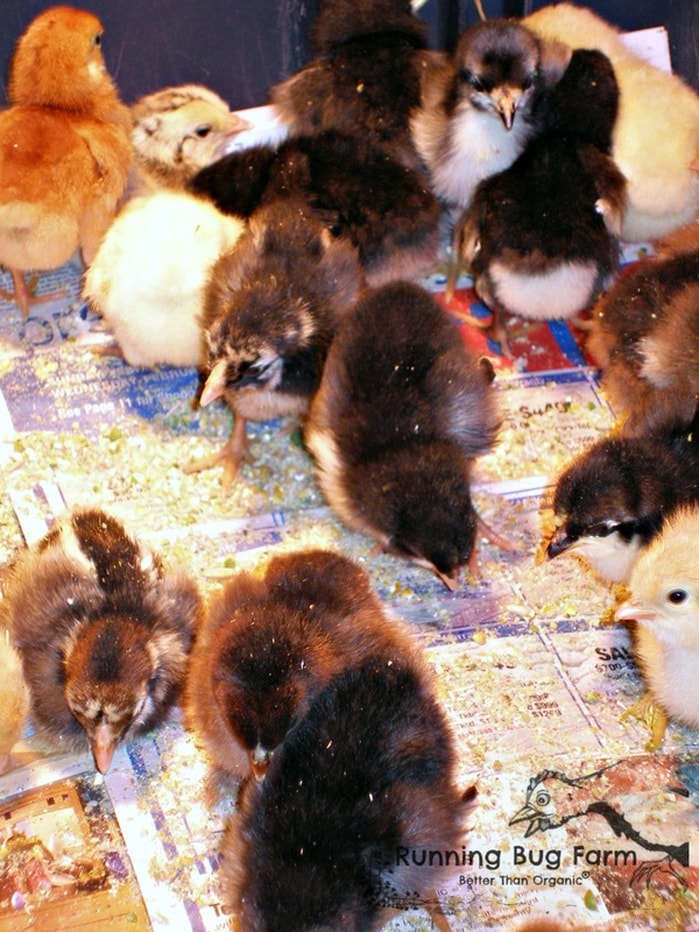
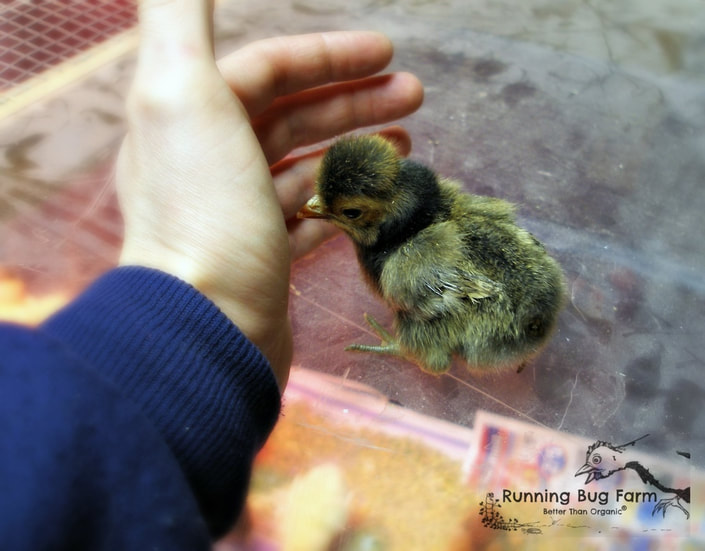

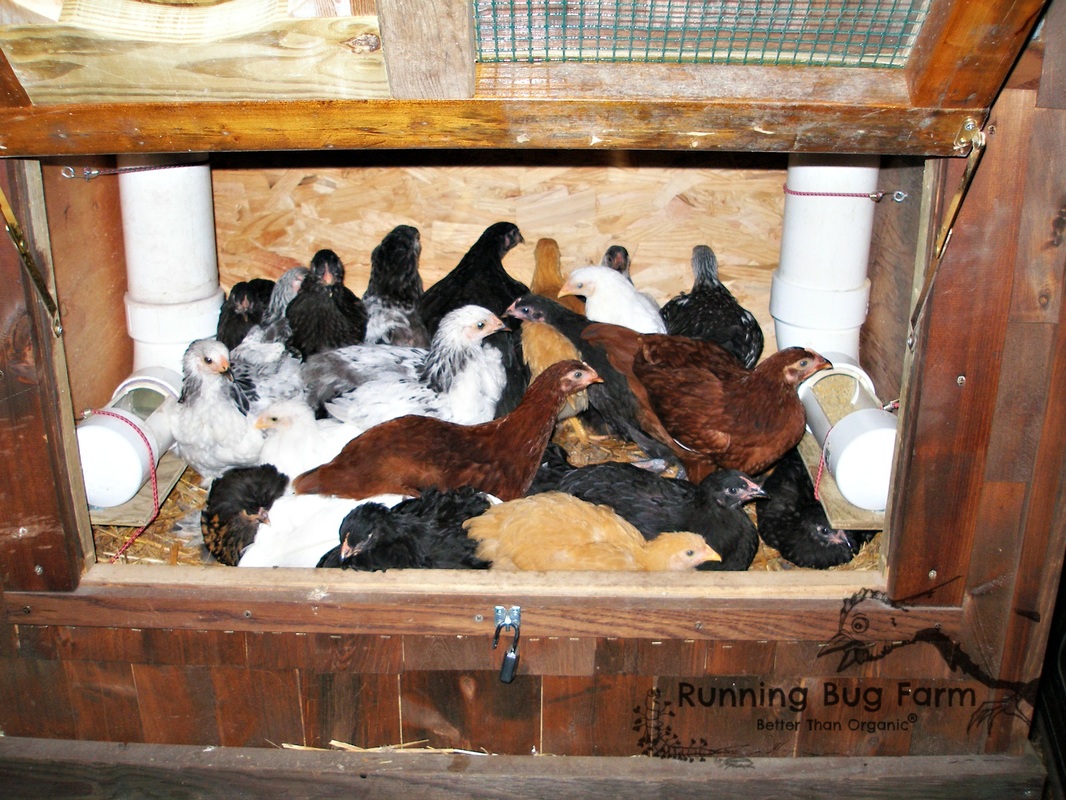
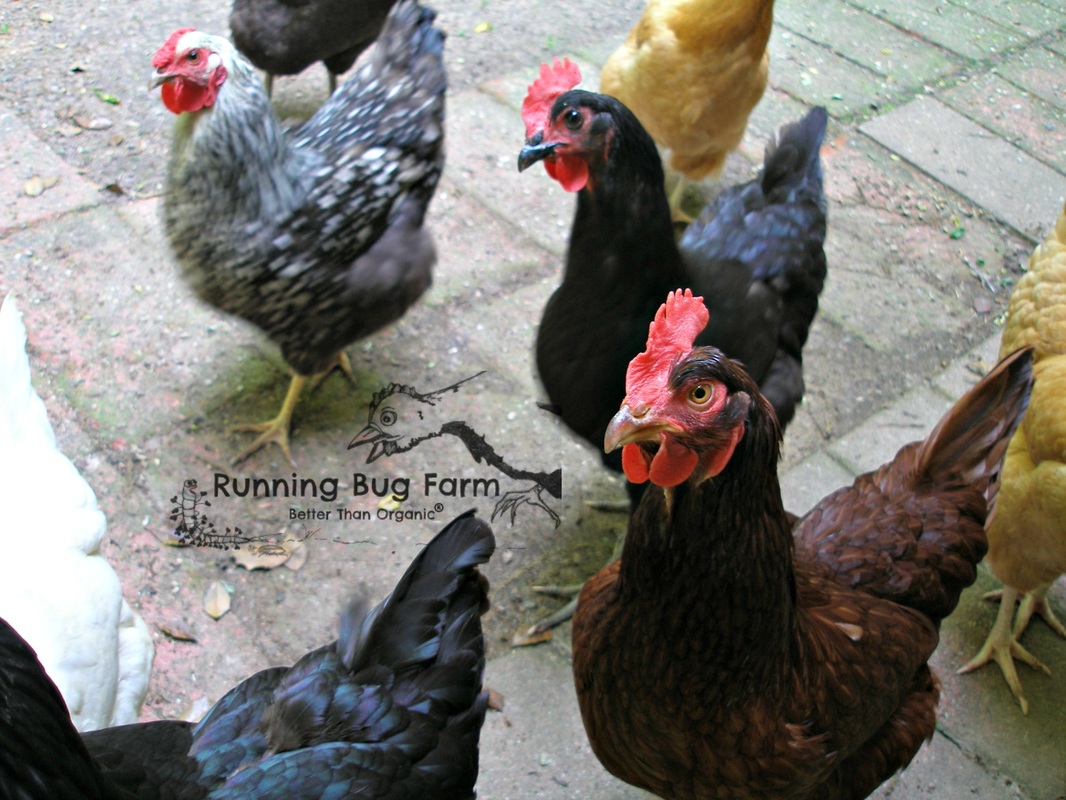
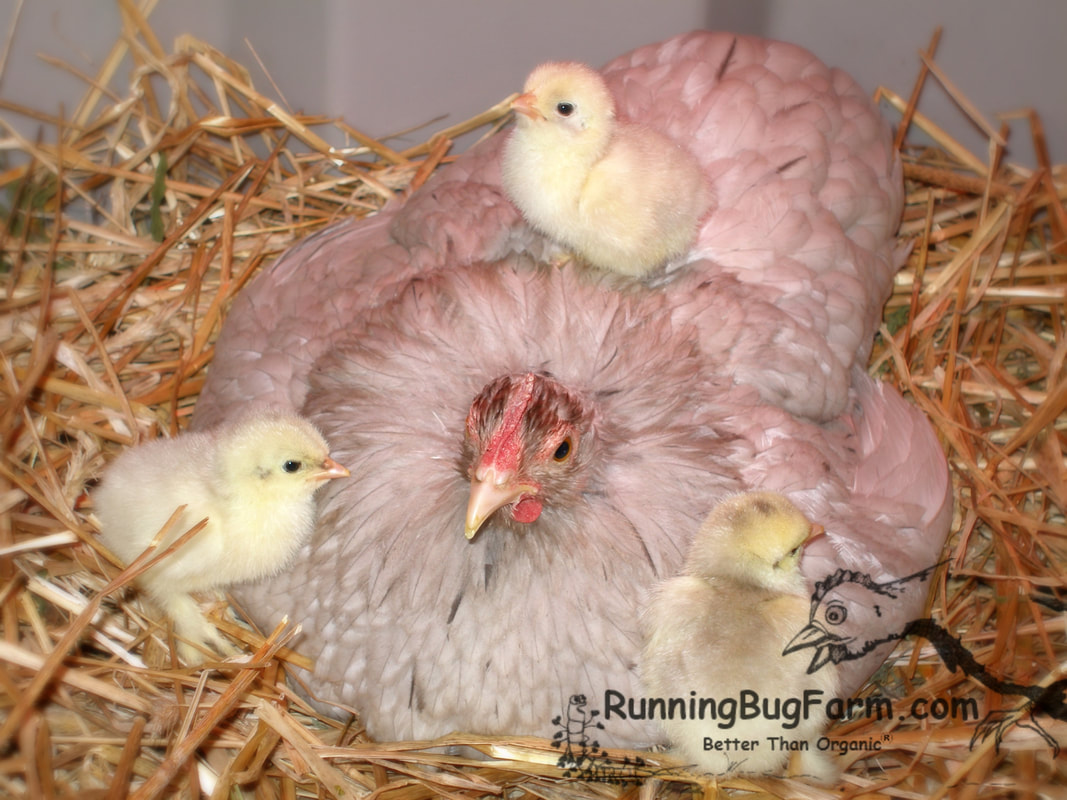
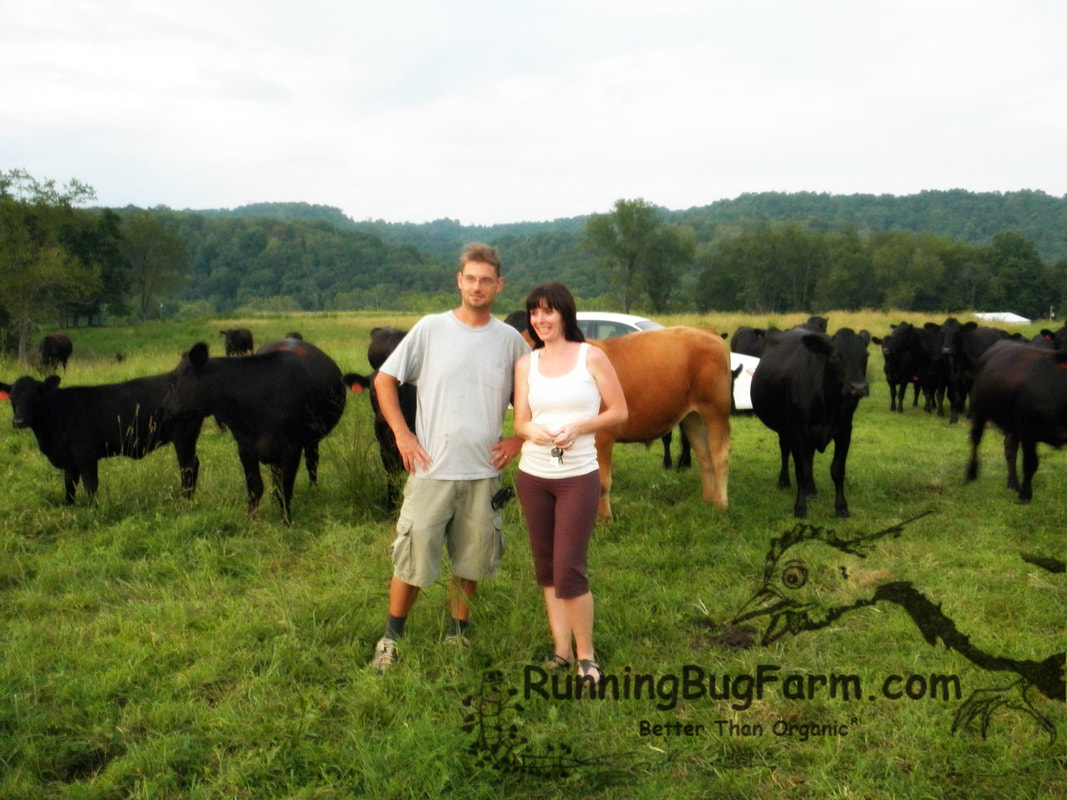
 RSS Feed
RSS Feed
